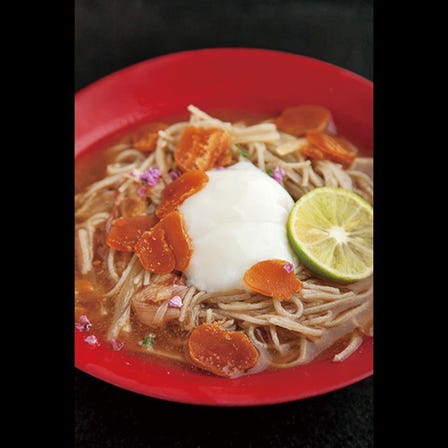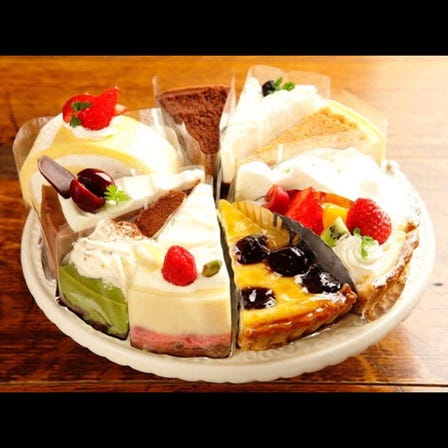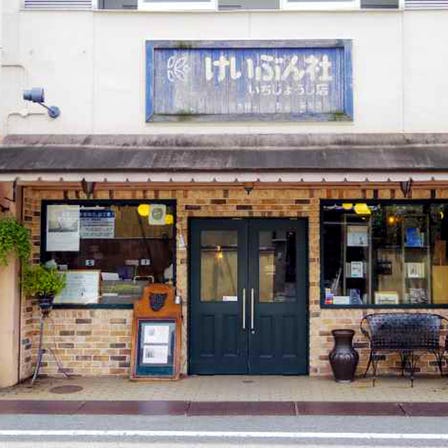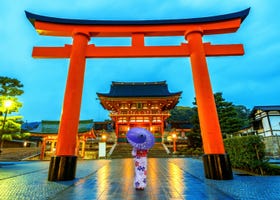Description
Although the exact date is unknown, Shimogamo-jinja Shrine is believed to have been a place of worship since 90 B.C., giving it the longest history among all the shrines in Kyoto. Although its official name is Kamomioya-jinja Shrine, it is commonly known as Shimogamo-jinja Shrine and affectionately called ”Shimogamo-san (Mr. Shimogamo).” Tadasu-no-mori Forest covers a large part of the shrine grounds, which has entered the UNESCO World Cultural Heritage registry as one of Historic Monuments of Ancient Kyoto. Shimogamo-jinja Shrine and Kamowakeikazuchi-jinja Shrine (Kamigamo-jinja Shrine), which is located upstream along the Kamo-gawa River, are collectively called “Kamo-sha Shrine” and jointly host the Kamo Festival (Aoi Festival), one of the three largest festivals in Kyoto.
Kawai-jinja Shrine, a magnet for women praying for beauty
Near the entrance of Shimogamo-jinja Shrine, you will find an auxiliary shrine called ”Kawai-jinja Shrine” on the left. Kawai-jinja Shrine is a magnet for women praying for beauty. Enshrined here is Tamayorihime-no-Mikoto, known as Japan's most beautiful goddess and the guardian of women. On your visit, why not buy a mirror-shaped ema (wooden plaque)? Legend has it that if you put makeup on the ema and write wishes on the back, you will gain both inner and outer beauty.
Aioi-no-yashiro Shrine, where the miracle-working deity of marriage, Kamimusubi-no Kami could deliver your perfect match
If you follow the front approach and enter the south torii gate, you'll discover a small shrine called Aioi-no-yashiro Shrine. This shrine, holding the spirit of marriage deity Kamimusubi-no Kami, is famous as a sacred place for fulfillment in romance. Beside the shrine is a sacred tree called ”Renri-no Sakaki,” the subject of one of Kyoto’s Seven Myths. This tree is actually two trees that have intertwined into one trunk, with another young tree growing at the foot.
The god of water is believed to descend upon this sacred place where Wakamizu Shinji (First Water of the New Year Ritual) is held
Oidono is a shrine pavilion for cooking shinsen, or sacred food for the deity. There, not only are special shinsen offered to the deity during the Aoi Festival, but also replicas of the traditional offerings to the deity from ancient times as well as cooking utensils are on display. Ura no Kairou, a corridor leading to the Oidono is also recognized as a sacred place. The corridor continues to Mizugoshirae-ba, a sacred zone where Wakamizu Shinji is held. According to folklore, this is where the deity of water descends.
Kamo Festival (Aoi Festival), an annual festival of the Kamo-jinja Shrine with a history stretching back to the Heian period
Kamo Festival (Aoi Festival) is an annual festival at Shimogamo-jinja Shrine and Kamigamo-jinja Shrine held on May 15. In the ritual called “Roto no gi,” you can see a spectacular parade of around 500 people dressed in Heian-period costumes with 36 horses and four cows. The parade is led by imperial messengers starting from Kyoto Imperial Palace and ending at Kamigamo-jinja Shrine.
Location Information
-
- Address
-
59, Shimogamoizumigawacho, Sakyo-ku, Kyoto-shi, Kyoto, 606-0807
-
- Nearest Station
-
Demachiyanagi Station
・ Eizan Dentetsu Eizan Line
10 minutes on foot
-
- Phone Number
-
075-781-0010Available languagesonly in Japanese
-
- Hours
- 6:30am - 5:00pm
-
- Closed
- None
-
- Public Site
- Official Site
Recommended Spots in Area
- Visiting
- Eating
- Shopping
- Lodgings
-
 Kyoto Gyoen National GardenNijo Castle, Kyoto Imperial PalaceGardens
Kyoto Gyoen National GardenNijo Castle, Kyoto Imperial PalaceGardens -
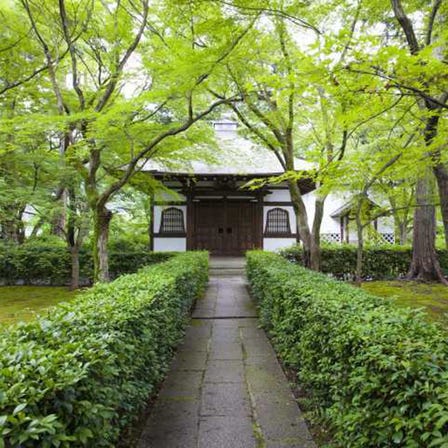 Shin nyo-do TempleGinkakuji Temple, Nanzenji TempleTemples
Shin nyo-do TempleGinkakuji Temple, Nanzenji TempleTemples -
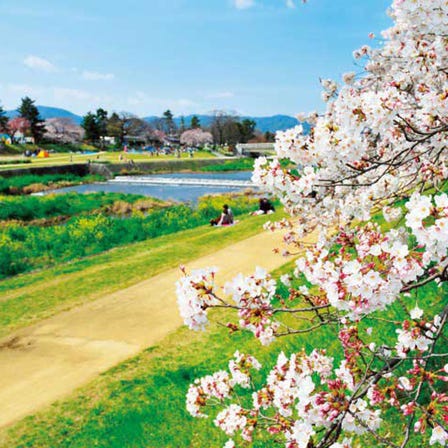 Nakaragi RoadKinkakuji Temple, KitayamaOther Nature
Nakaragi RoadKinkakuji Temple, KitayamaOther Nature -
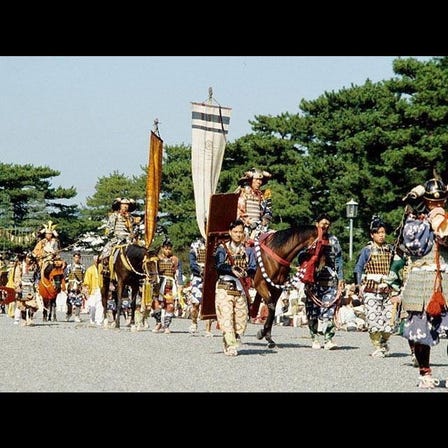 Jidai FestivalKyoto Station, To-ji TempleJapanese Festivals (Matsuri)
Jidai FestivalKyoto Station, To-ji TempleJapanese Festivals (Matsuri) -
 Kyoto Imperial PalaceNijo Castle, Kyoto Imperial PalaceOther Architecture
Kyoto Imperial PalaceNijo Castle, Kyoto Imperial PalaceOther Architecture -
 Heian-jingu ShrineGion, Kawaramachi, Kiyomizu-dera TempleShrines
Heian-jingu ShrineGion, Kawaramachi, Kiyomizu-dera TempleShrines
-
Seibido InnNijo Castle, Kyoto Imperial PalaceOther Accommodations
-
Resi Stay ShinshinenNijo Castle, Kyoto Imperial PalaceVacation Homes
-
Hostel Sui KyotoNijo Castle, Kyoto Imperial PalaceJapanese Guest Houses (Minshuku)
-
Hotel Okura Kyoto Okazaki BetteiGion, Kawaramachi, Kiyomizu-dera TempleHotels
-
Kyoto Brighton HotelNijo Castle, Kyoto Imperial PalaceHotels
-
Guesthouse KeikoNijo Castle, Kyoto Imperial PalaceJapanese Guest Houses (Minshuku)




















